How to Create a Quiet Home
Poor sound performance is something most of us have experienced in our homes. This issue has the potential to exacerbate noise problems with neighbours or the people we live with.
The good news is you don’t have to put up with it. Provided you think things through properly at the design stages of your scheme, and get the implementation right, it’s surprisingly straightforward to build in good acoustics.
There are a number of enhanced design solutions available to treat new build schemes. In fact, you might be surprised at the range of options to improve an existing property undergoing a renovation.
I believe the starting point for any acoustic design should be to ask a simple question: how am I planning to use my home?
If you intend to use any zones for activities that might generate noise – such as a home cinema, music practice area or kids’ play room – then you’ll probably need to look at making some upgrades.
The same may be true of areas sensitive to noise break-in, such as a home office or master bedroom.
An obvious first step is to avoid placing sensitive rooms adjacent to those that are likely to generate significant noise. But this isn’t always possible. Even if it is, you may still need to look into solutions that will enhance sound performance in your property’s walls, floors and ceilings.
What do the regs say about sound performance?
Part E of the Building Regulations sets out the standards for sound insulation in a new build property or conversion project.
The regs mostly concern themselves with setting out an acceptable level of acoustic insulation between adjacent dwellings. More specifically, it’s about those that share a party wall or floor (ie they directly adjoin one another).
The standards were reviewed in 2003, and they’ve generally helped provide better sound insulation between homes.
The regs have even inspired a Robust Details scheme that’s now used by many big developers. Following this standard in new build properties delivers strong performance that ensures compliance with Part E.
However, there is one aspect of acoustic design that continues to disappoint homeowners – namely sound insulation within dwellings.
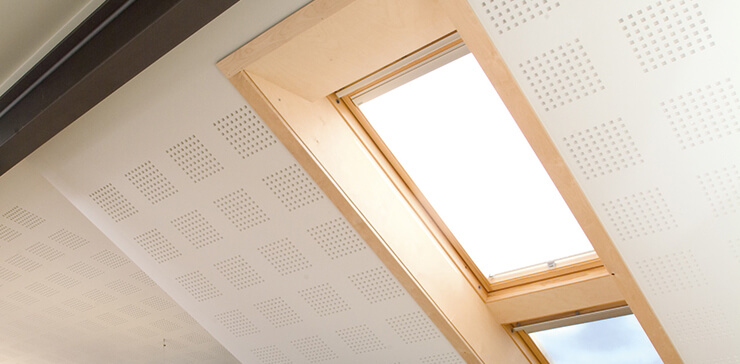
Acoustic ceiling panels such as Gyptone can absorb noise, reducing sound transfer into other zones
Building Regulations do set out a minimum standard that applies to internal floors and walls, but unfortunately it’s really quite low. Yet in my experience many architects and developers treat this as target performance.
Blocking external noise
Typically noise break-in from outside occurs through the weak links in the external envelope. These tend to be the doors, windows and roof.
When it comes to the doors and windows, you should be able to find out about the acoustic properties of these products from your supplier.
There are specially-designed options that provide improved attenuation, both in terms of the frame materials and any glazing. Entrance doors should always open onto a hall or lobby to ensure external noise does not directly disturb habitable rooms.
If you’re not able to replace the windows in an existing property – perhaps due to listed status – then you might instead want to look at adding secondary glazing, which will improve sound deadening.
Obviously an open window won’t perform in the same way. So if getting fresh air in is an issue you may wish to consider mechanical ventilation (MV) options.
Bear in mind that mechanical ventilation systems should also be specified with acoustic performance in mind. Factors such as poor ducting layouts with too many bends can increase fan noise. So if you’re investing in MV, make sure you opt for something with a low decibel (dB) rating and good guarantee.
In terms of the roof, adding heavy, resiliently-mounted ceilings can help upgrade this area of your home. If your property is close to a busy road, a common trick is to install acoustic fencing to provide some additional shielding.
Improving internal acoustic quality
Typically, internal walls and floors in modern dwellings are designed to achieve a Weighted Sound Reduction Index (Rw) of 40dB. This represents a very modest decrease in noise levels.
The higher the Rw, the more effective a material or structural element is as a sound insulator. To get a meaningful improvement, aim to upgrade on the standard Rw 40dB performance by approximately 15dB.
For your internal floors there’s a number of options you can consider implementing. One of these would be to install a structure formed using Gypframe RB1 Resilient Bars.
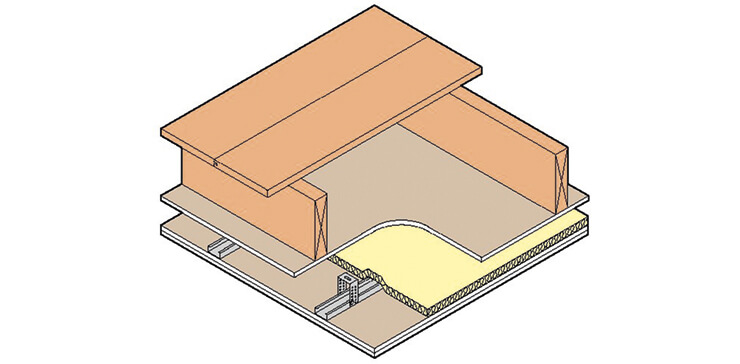
Part of the Rooms Made for You range, British Gypsum’s Silent Additional Ceiling combines resilient bars with a double-layer of plasterboard to reduce noise transfer
Fundamentally, these bars isolate the ceiling from the joists to minimise noise transfer. The setup could then be lined with a double layer of 15mm Gyproc SoundBloc, with acoustic insulation included in the joist cavity to achieve the desired performance.
Creaky floors are a common complaint in new build homes. If the walking surface is cause the issue, then ensure all boarding is correctly fixed and the joints properly glued.
If the creaking is coming from the ceiling, then decoupling with a resilient bar system such as Gypframe RB1 can mitigate movement and minimise noise.
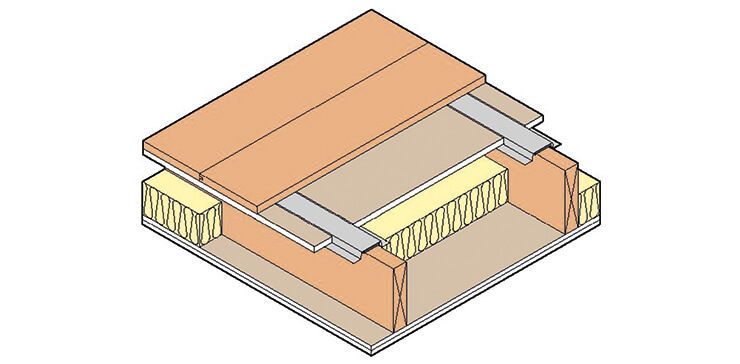
British Gypsum’s Silent Walking Surface uses resilient bars to isolate joists from the flooring. It’s ideal if you only have access to the structure from above
For walls, a straightforward solution would be to switch to a 70mm metal stud partition system. Again, this can be combined with a double layer of 15mm Gyproc SoundBloc, plus acoustic insulation in the cavity.
Bear in mind that any upgrades in partition walls could easily be compromised by a poor choice of doors. So it’s well worth making improvements here, too.
Sound performance in open-plan homes
Many self-builders and renovators want to create large, open-plan living spaces with low-maintenance finishes, such as hard floor coverings. However, this can lead to situations where noise levels become uncomfortable.
To mitigate this you need to introduce sound absorbing surfaces into the room that will reduce reverberation. The most common way to do this is to use acoustic ceiling boards, such as Gyptone.
An alternative is to include noise-absorbing panels in the wall that can do the same job. Which solution is right for your project may well depend on the interior design aesthetic you’re going for.
Kitchen appliances are another major cause of unwanted sound in the home, so look for appliances with low noise ratings.
If space is available, a good solution is to locate noisier appliances in a utility room. This can be acoustically isolated from the remainder of the dwelling.
Sarah White is residential sector manager at British Gypsum. She has 16 years’ experience in the construction industry and has long championed improving the quality of new build homes across the UK. As a manufacturer, British Gypsum is committed to supporting self-builders to create their dream homes, and its Rooms Made for You range includes a range of soundproofing solutions.
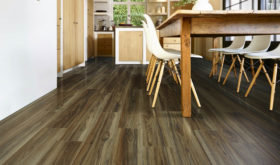
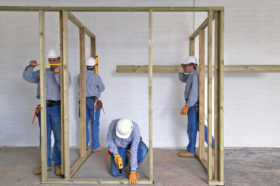




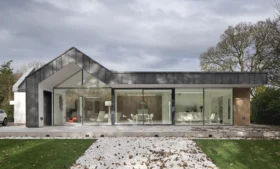


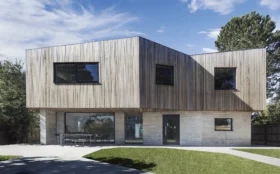







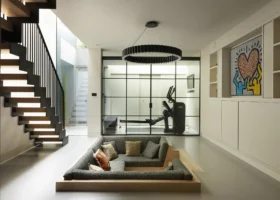
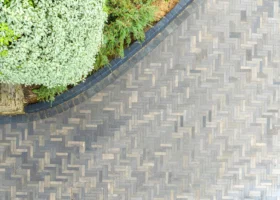












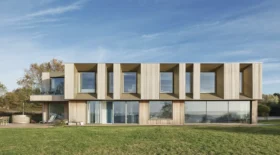

















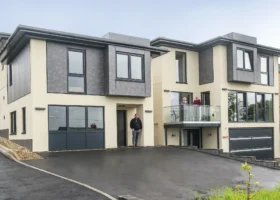












































 Login/register to save Article for later
Login/register to save Article for later

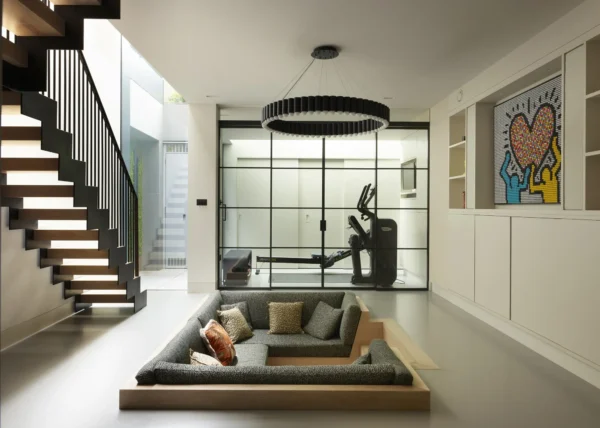
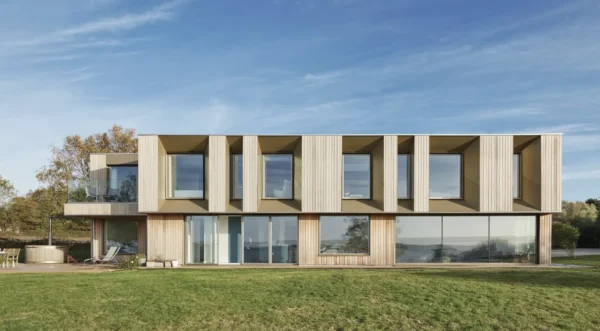
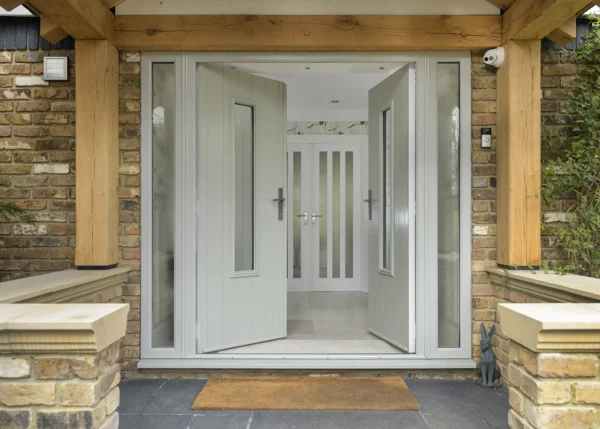
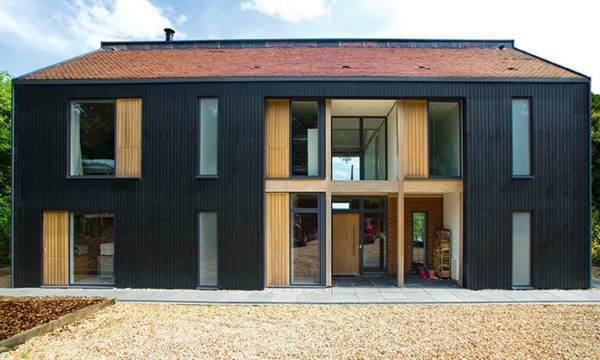

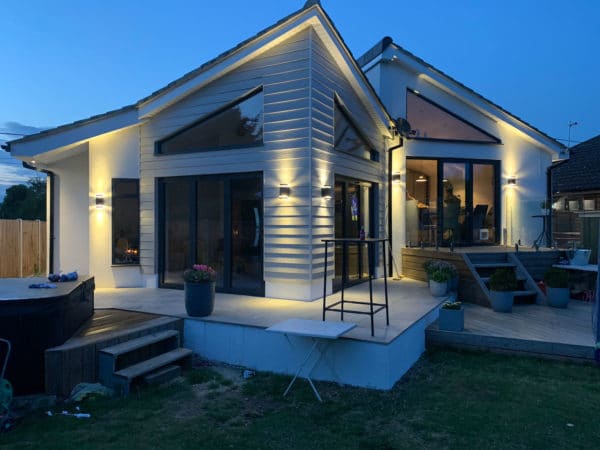





Comments are closed.